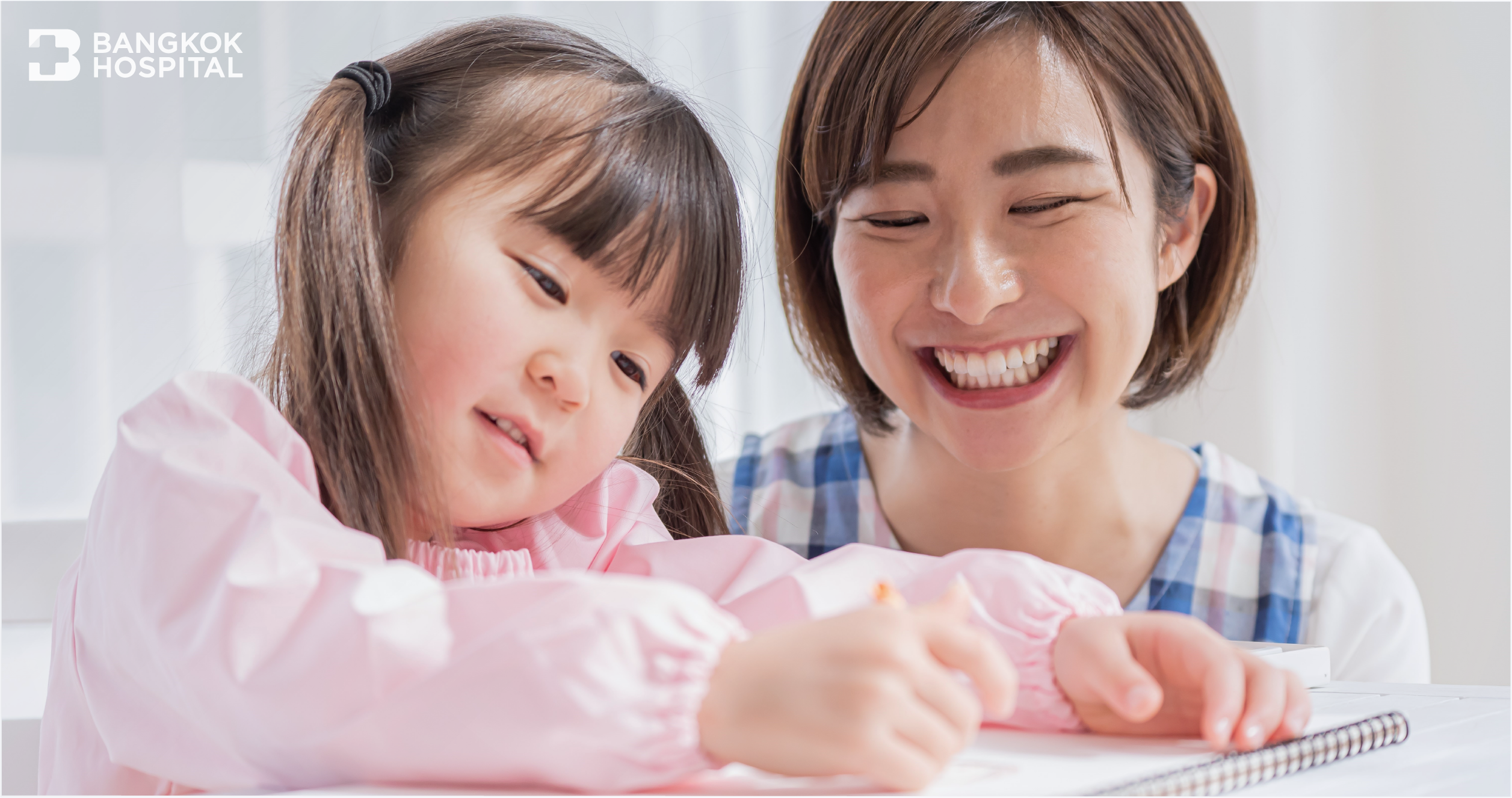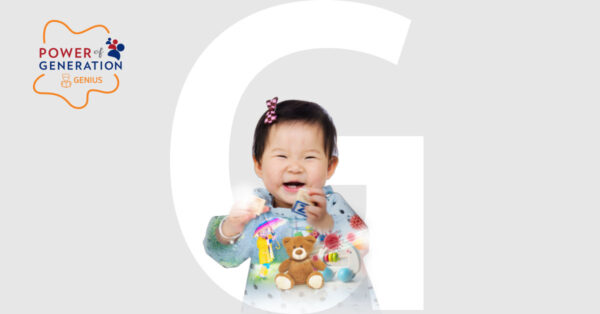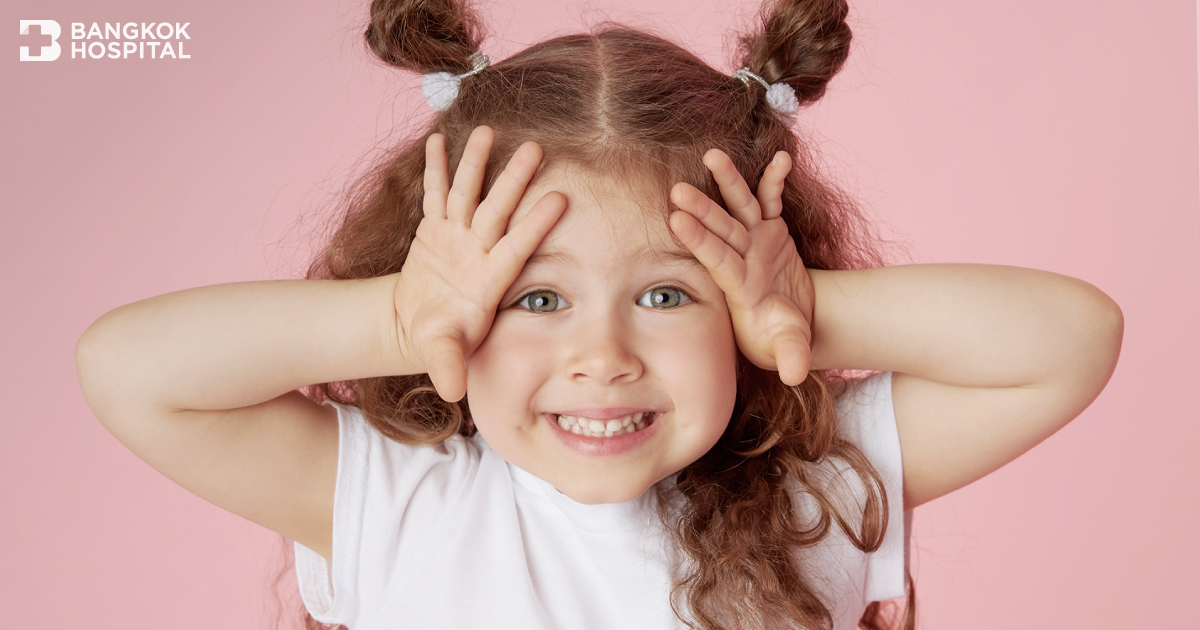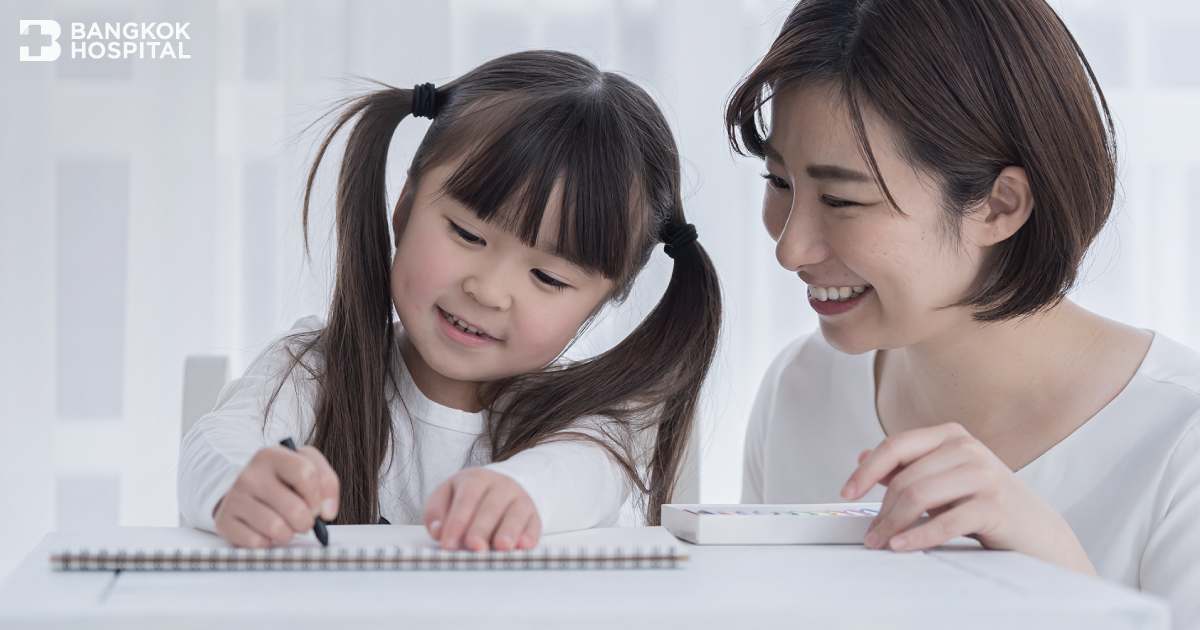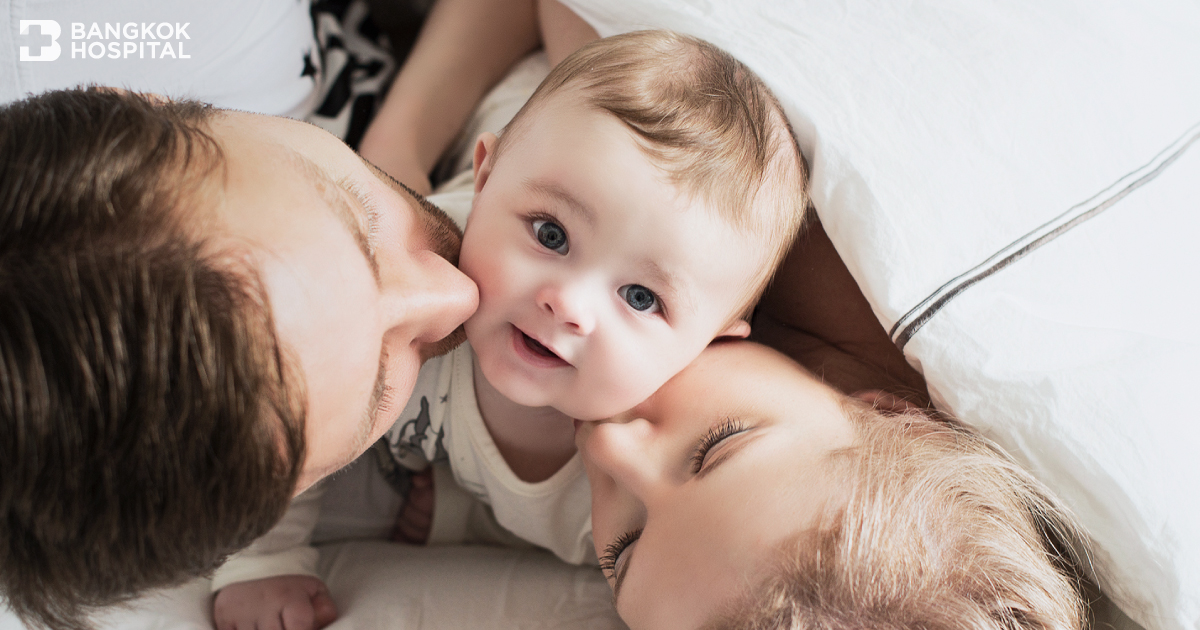When your little ones are ready to go to kindergarten, parents tend to get anxious because you want them to have a good experience, adjust well, and be happy in school. Understanding and careful attention are the keys to help your children enter kindergarten happily.
Children and Kindergarten
Most toddlers can start going to school from 2 years old and up. From 2 – 3 years old, they can go pre-kindergarten. From 3 – 5 years old, they can begin kindergarten. The advantages of kindergarten is to promote more learning because when they are with their family, learning takes place only a small circle during the interactions between parents and children. Once they start going to school, they will have interactions with teachers and other toddlers, which will enrich their experience in a wider circle. Furthermore, children will have more variety in their learning. Research showed that children who can adjust and have better mental health in kindergarten will be more successful in learning than children who cannot adjust during kindergarten.
Handling Separation Anxiety
It is normal that toddlers will have separation anxiety when they need to be away from their parents. It is considered part of their development. It is a small pressure to help them manage their feelings better. Parents can help them handle the situation by:
- Getting to know their teachers. A good relationship between parents and teachers will help reduce children’s separation anxiety. They will learn from the interaction between parents and teachers. At the same time, they will be perceptive of the security and if they have friends in the same class, it will help them become less anxious.
- Increase learning hours gradually. Parents can start by letting your children attend school for about half an hour on the first day. Then increase to one hour on the second day and so on and so forth. Children will feel more secure to be away from their parents bit by bit until they are confident to stay the entire day without worries.
- Transitional Object. Parents can offer a transitional object as a symbol of their security blanket. It will help them feel as if they have a representative of their parents with them at school. This leads to relaxation and less stress. A transitional object can be anything, such as a blanket, doll, or toys.
- Structured program and curriculum. Putting children in a school with structured curriculum and activity schedule will help them adjust better. If they have developmental or behavioral issues, consider Hospital Kindergarten Group program which is under the supervision of a medical specialist to help them adjust and bring out their potential so that they can continue develop normally.
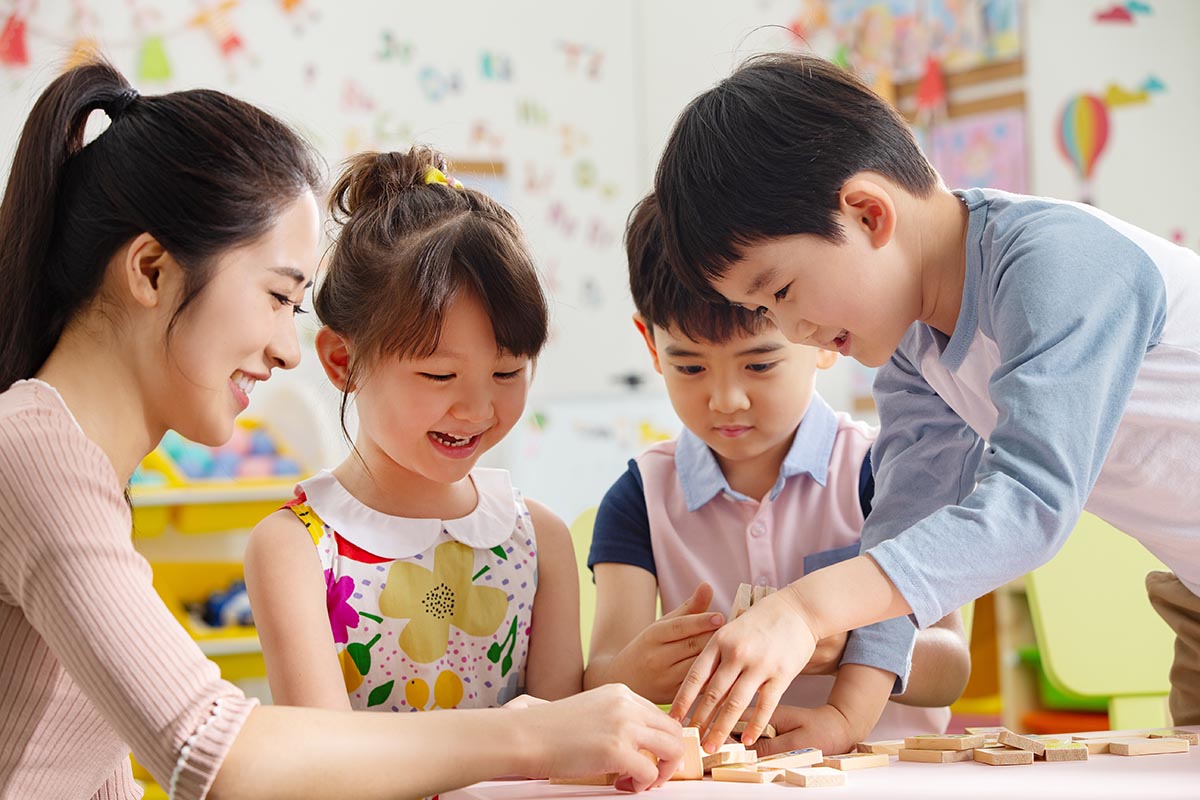
Choose the Right Kindergarten
Choosing the right school depends on parents’ expectations and location because toddlers should attend to school closer to home. What may be deemed as best may not always be suitable for the children. What is suitable depends on parents’ decision. The guidelines for choosing schools include:
- Ratio of teachers to children. In pre-school, if toddlers are between 2 – 3 years old, the ratio should be 1 teacher for every 5 children and the class should not be more than twice the number of teachers, such as one teacher per 5 children per classroom and they total number should be around 10 children. Once they are about 3 – 4 years old, the ratio increases to 1 teacher per 6 children and increase to 1 teacher per 7 children for 4 – 5-year olds. Kindergarten class should not exceed 15 children per class.
- Teacher’s qualifications. There is a correlation between the level of education of the caregiver and children’s IQ or behavior. Thus, schools that have teachers with higher education will have better quality.
- Structured Curriculum. The school should have structured curriculum and activities. Nowadays, there is a variety of curriculum to choose from.
Train Them Beforehand
Prepare your little ones before they start school on 4 fronts:
- Language. Children should be able to communicate with others about their needs, such as what they want to have and why, etc.
- Motor skills. Toddlers should be able to move their muscles efficiently by engaging in daily physical activities.
- Social development. If children are younger than 3 years old, they should be able to observe or follow what other children are doing. They may not yet engage with others. However, if they are between 3 – 5 years old, they should start playing with other children.
- Self-care. Children should be able to feed themselves, go to the bathroom, or sleep on their own by the time the go to school.
What They Should Gain from Kindergarten
Parents can expect to see some developments after children have started kindergarten. Toddlers between 2 – 3 years old should be self-sufficient in communicating their needs, control themselves, and say thank you or ask for help. Children between 3 – 5 years old should be confident and understand their own strengths. Kindergarteners should learn to separate from their parents and know to manage their emotions as well adapt to socializing with others.
Sending happy children to kindergarten will open up their world and ignite successful learning in the future. If children enjoy school, it is a good basis to start their educational career. But if they cannot adjust well, do not want to go to school, have behavioral problem, fail to communicate, avoid eye contact, or do not engage with others, please consult your pediatrician as soon as possible.

